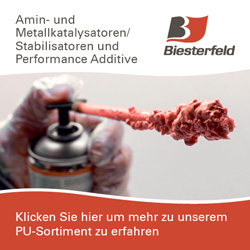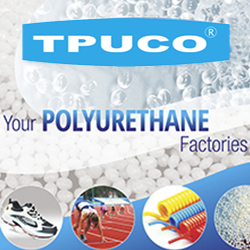ECHA’s Member State Committee confirmed the addition of 1,1′-(ethane-1,2-diyl)bis[pentabromobenzene] (DBDPE) to the list in its October meeting. The substance has very persistent and very bioaccumulative properties and is used as a flame retardant in various industries. This identification will support the potential restriction work on brominated flame retardants.
Entry added to the Candidate List on 5 November 2025:

The list now contains 251 entries – some are groups of chemicals, so the overall number of impacted chemicals is higher.
This substance may be placed on the Authorisation List in the future. If a substance is on this list, companies cannot use it unless they apply for authorisation and the European Commission authorises its continued use.
Consequences of inclusion on the Candidate List
Under REACH, companies have legal obligations when their substance is included – either on its own, in mixtures or in articles – in the Candidate List.
If an article contains a Candidate List substance above a concentration of 0.1 % (weight by weight), suppliers have to give their customers and consumers information on how to use it safely. Consumers have the right to ask suppliers if the products they buy contain substances of very high concern.
Importers and producers of articles have to notify ECHA if their article contains a Candidate List substance within six months from the date it has been included in the list (5 November 2025).
EU and EEA suppliers of substances on the Candidate List, supplied either on their own or in mixtures, have to update the safety data sheet they provide to their customers.
Under the Waste Framework Directive, companies also must notify ECHA if the articles they produce contain substances of very high concern in a concentration above 0.1 % (weight by weight). This notification is published in ECHA’s database of substances of concern in products (SCIP).
Under the EU Ecolabel Regulation, products containing SVHCs cannot have the ecolabel award.









